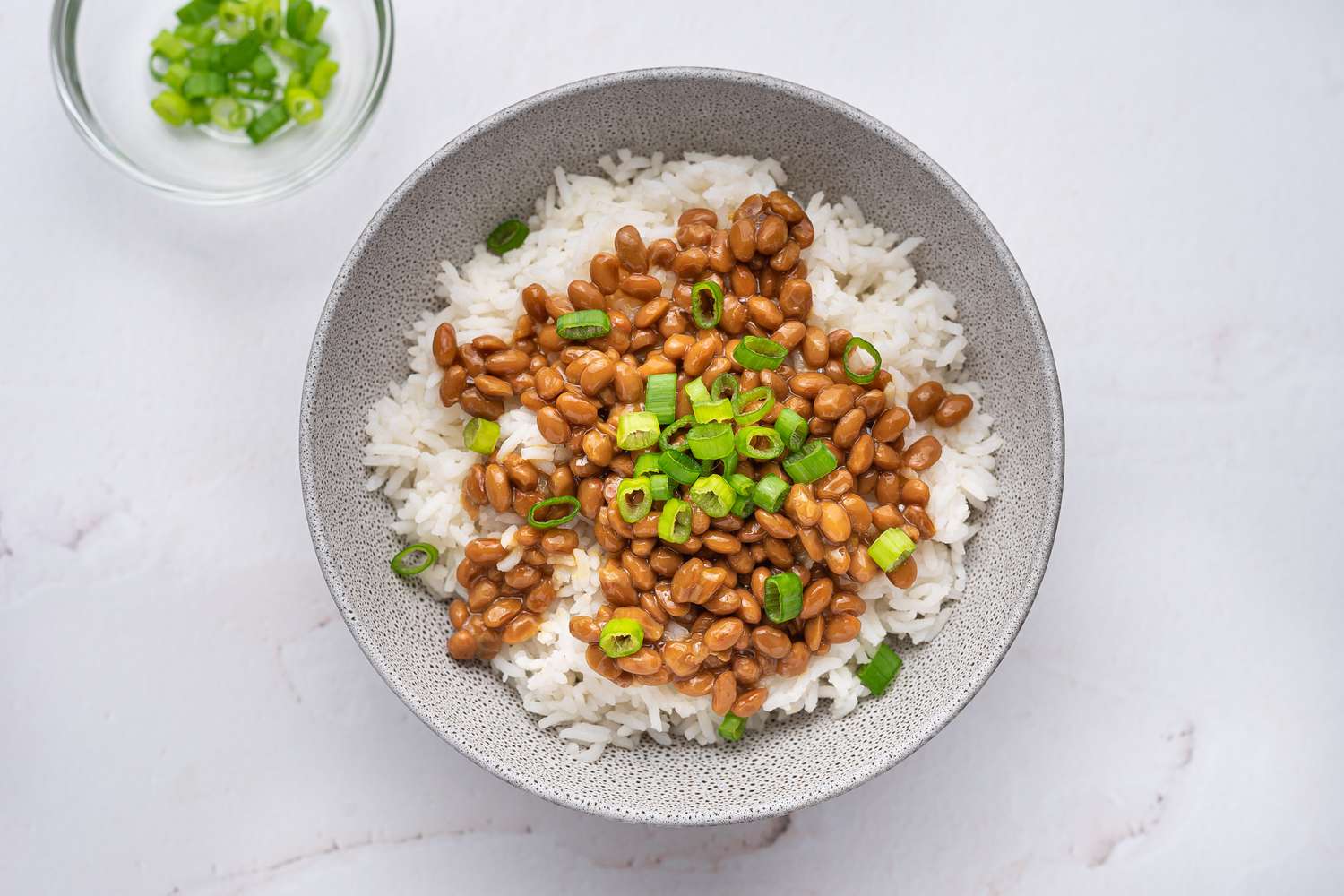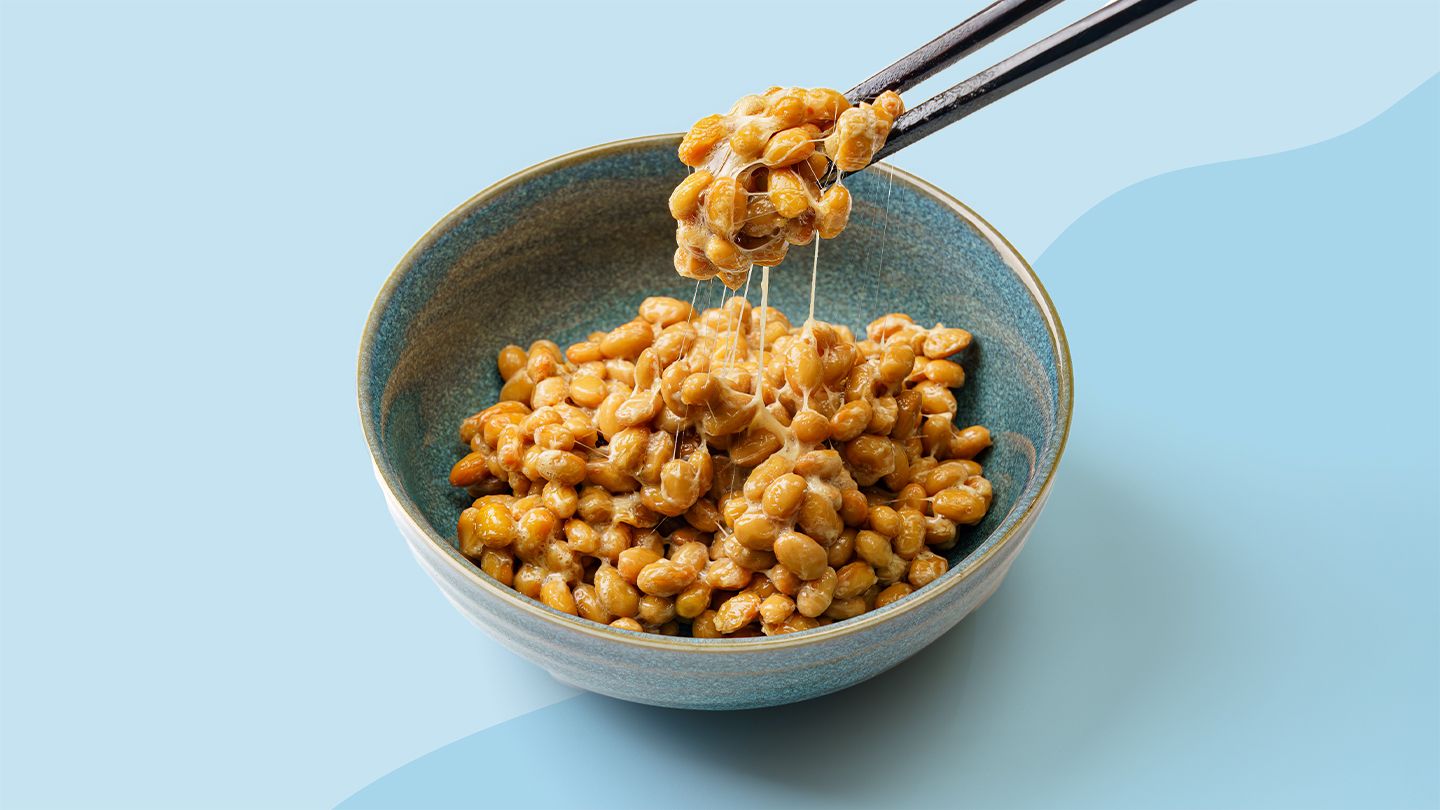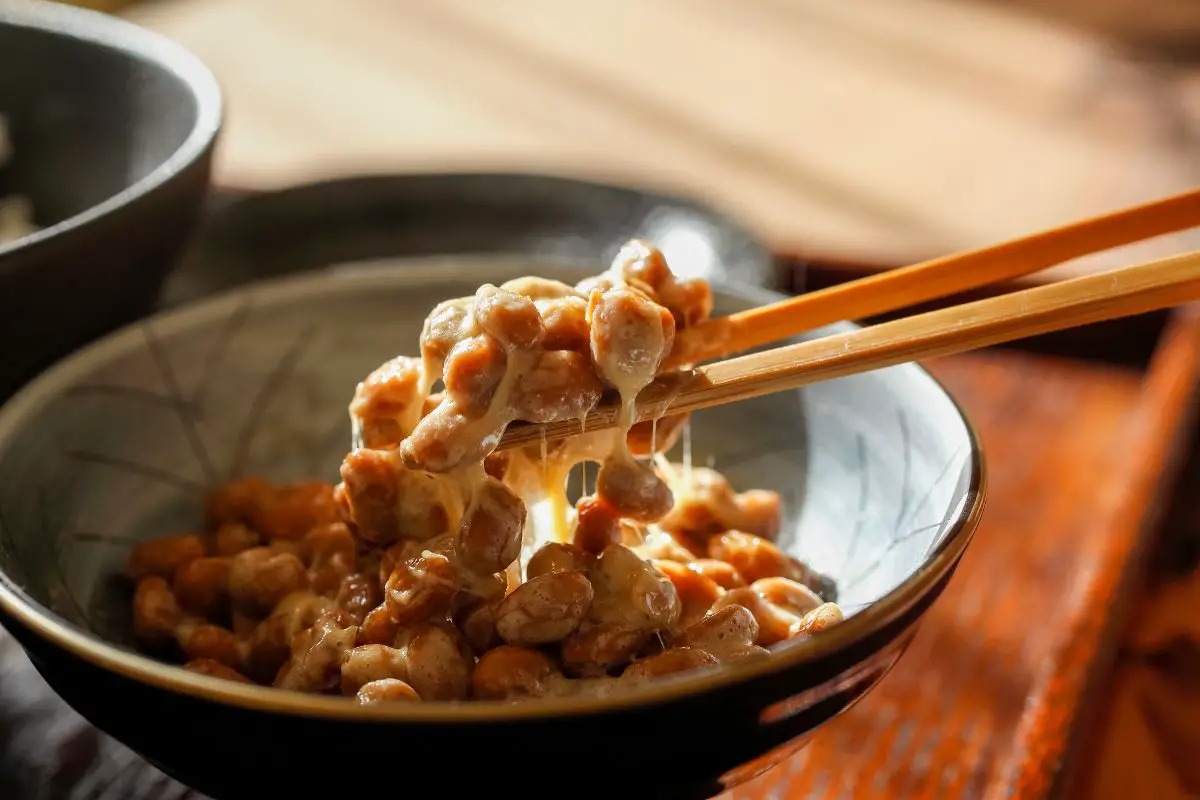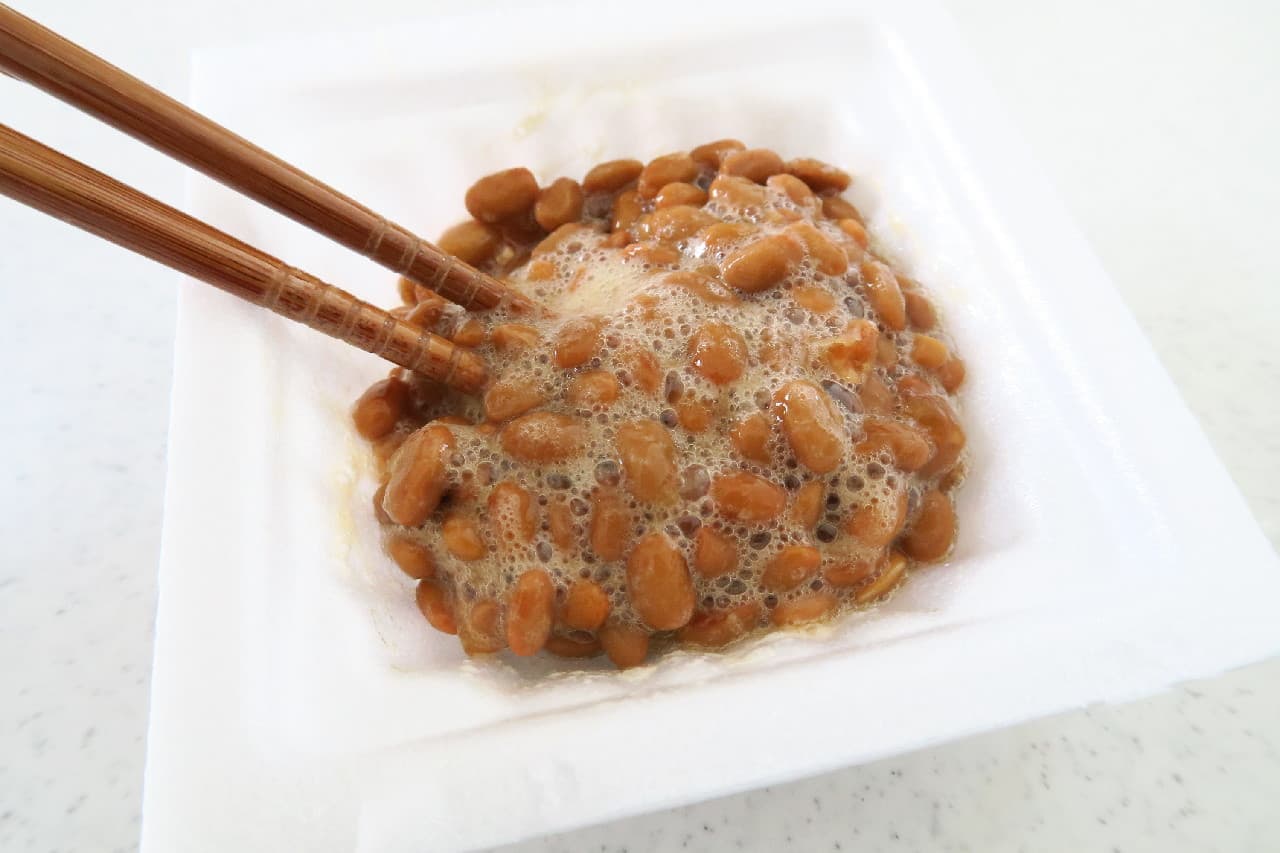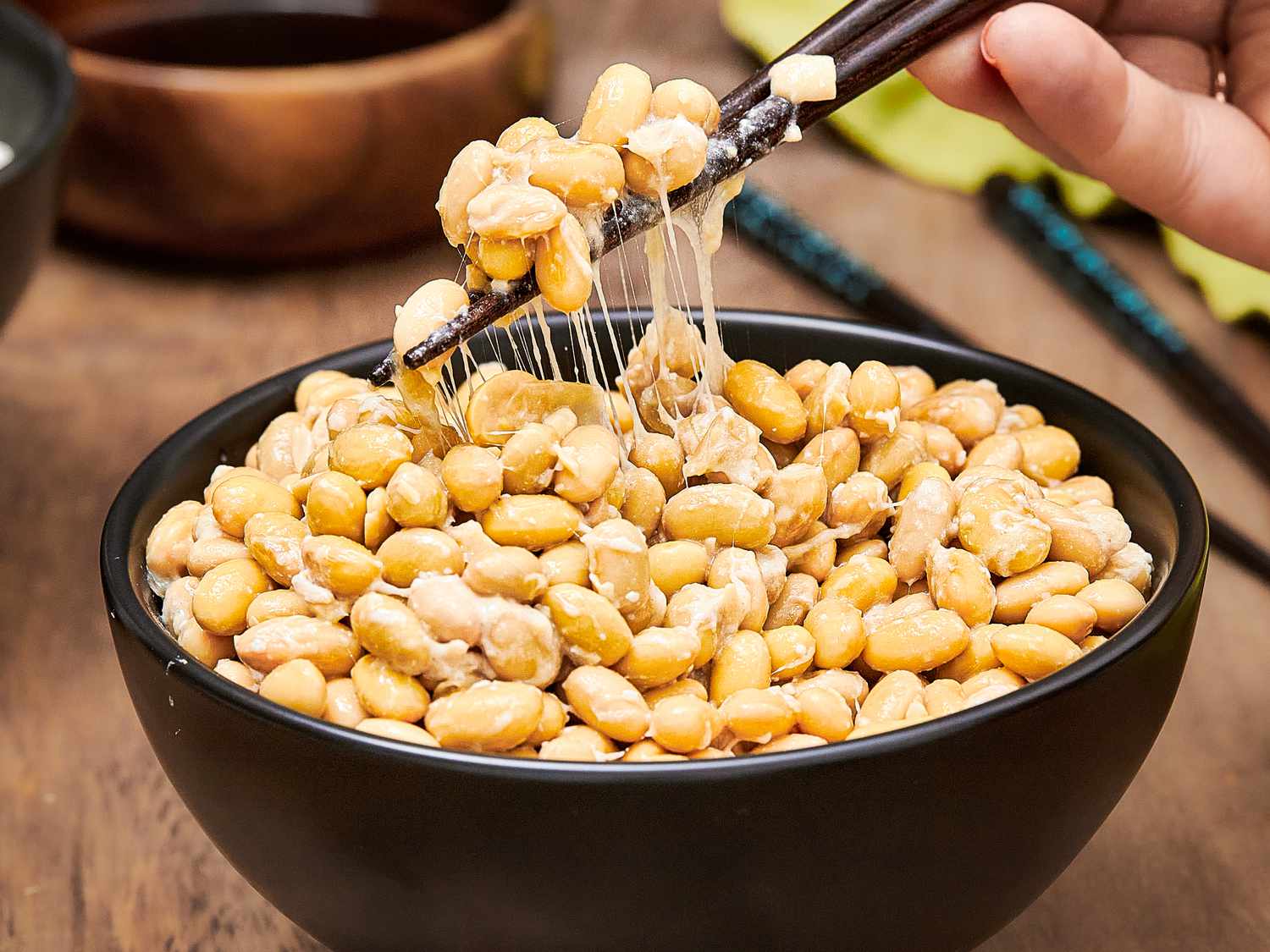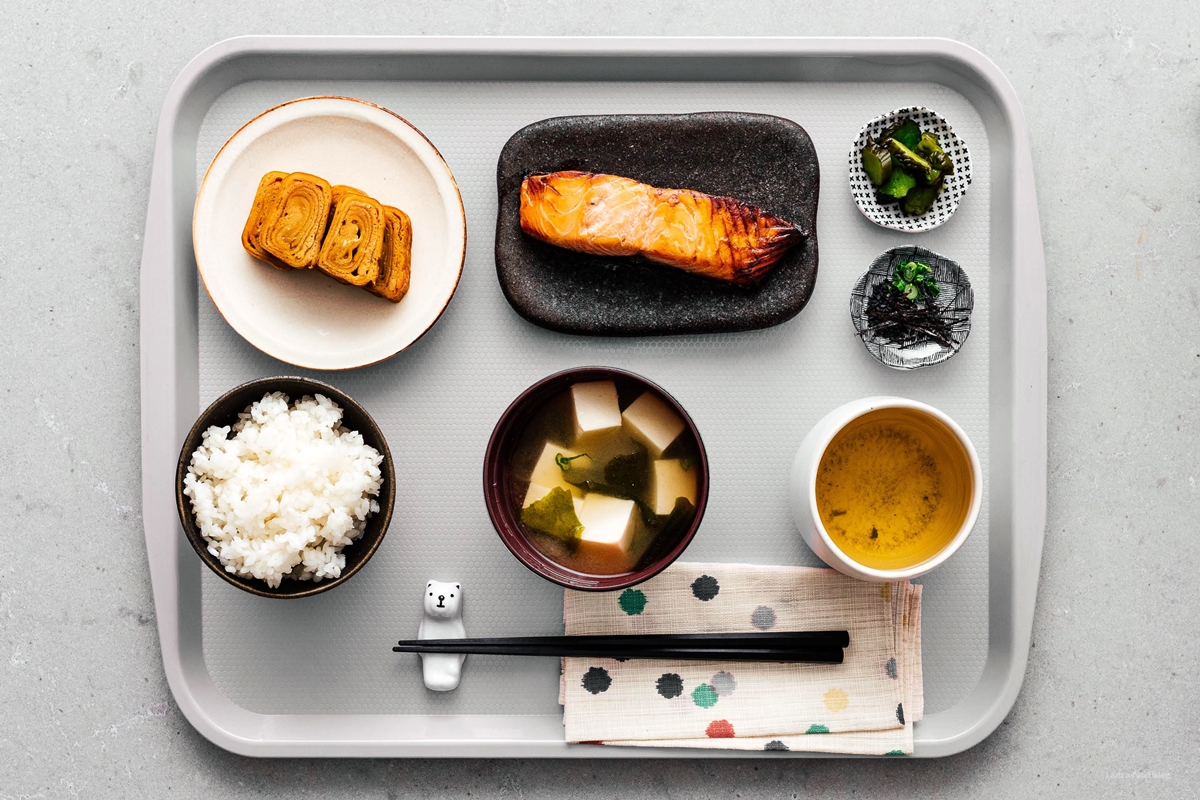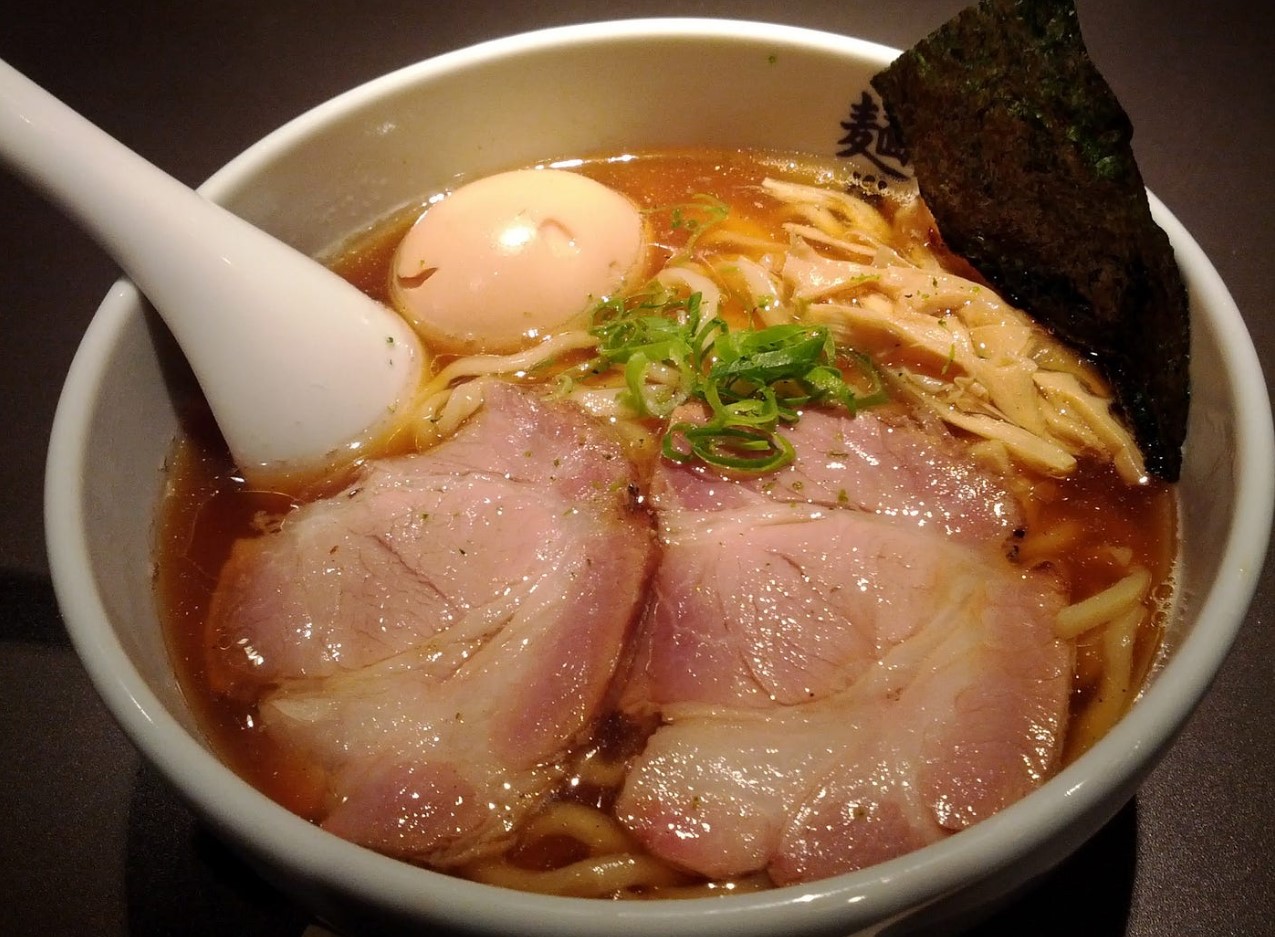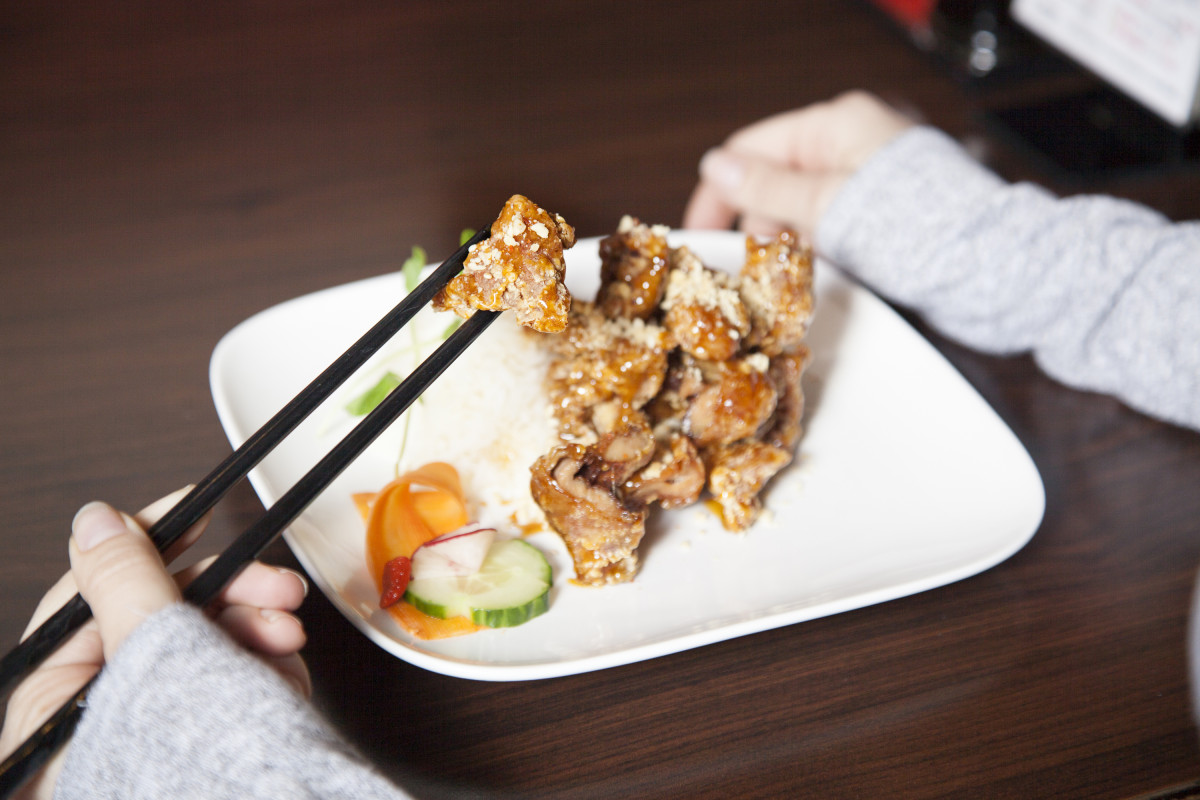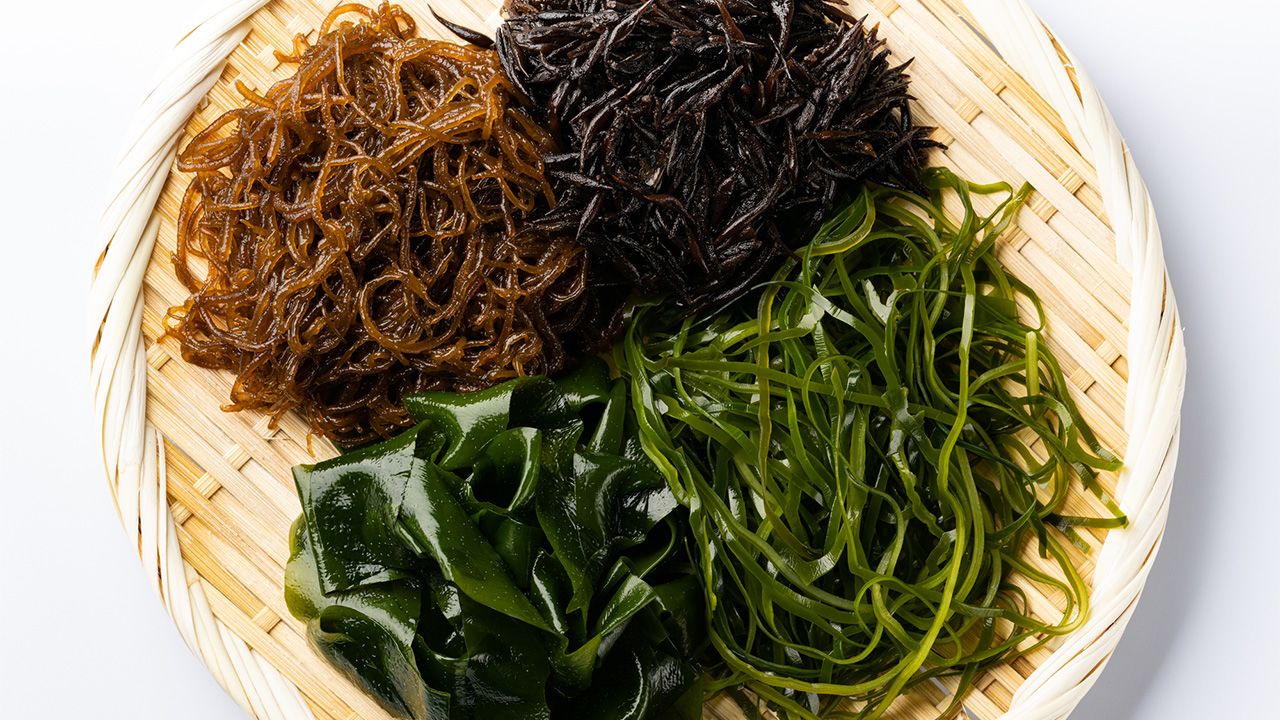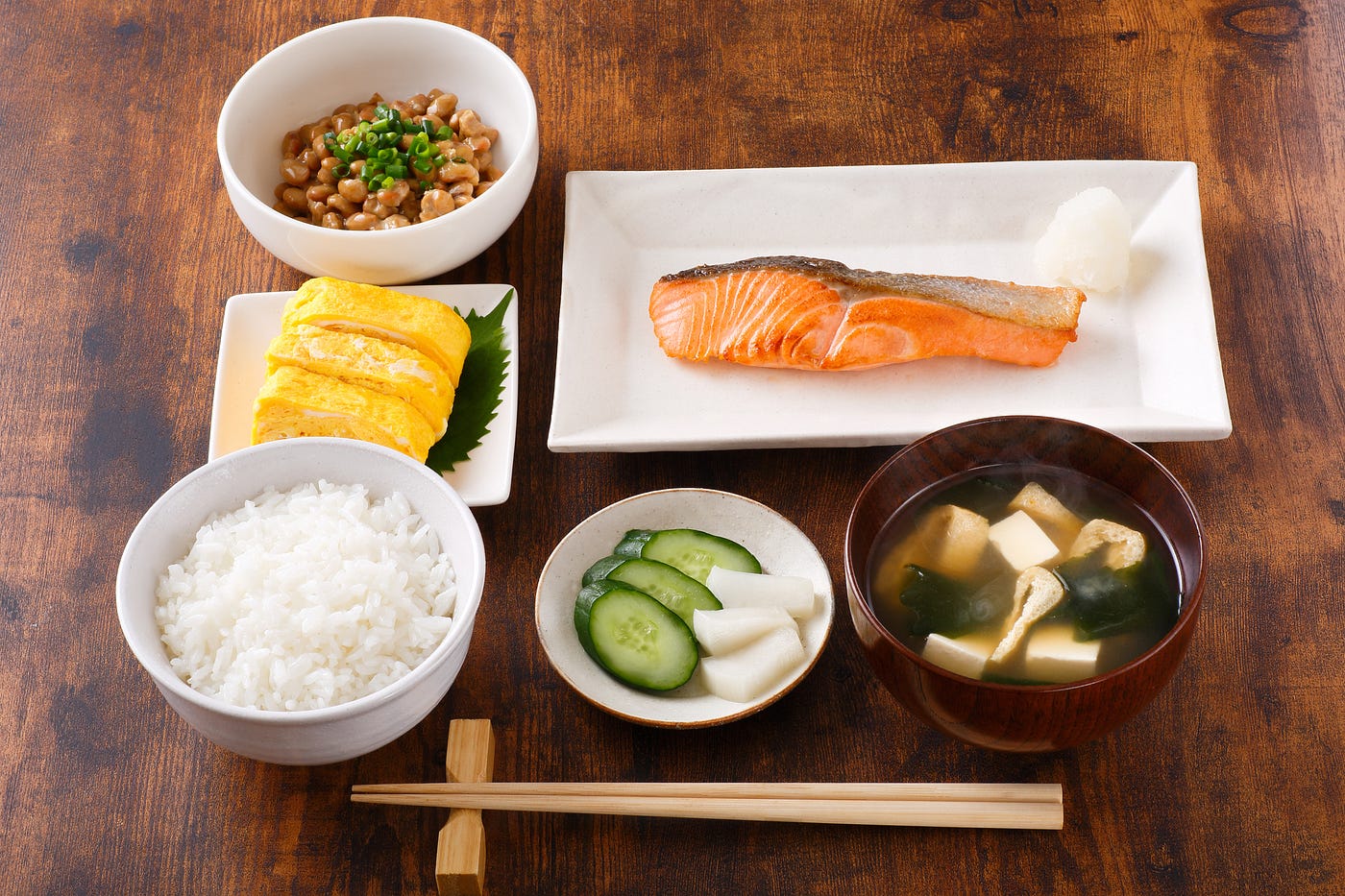Discover the Delicious and Nutritious Way to Start Your Day with Natto
Are you looking for a unique and healthy breakfast option? Look no further than natto! This traditional Japanese dish is not only delicious but also packed with nutrients that can fuel your body for the day ahead. If you’re new to natto, you might be wondering how to incorporate it into your morning routine. In this article, we’ll explore the best ways to eat natto for breakfast and why it’s a great choice for your first meal of the day.
What is Natto?
Before we dive into the ways to enjoy natto for breakfast, let’s first understand what it is. Natto is a traditional Japanese dish made from fermented soybeans. It has a unique flavor and a sticky texture, making it a one-of-a-kind food that’s popular in Japan and beyond. Natto is often enjoyed with rice and toppings such as green onions, mustard, and soy sauce.
Why Eat Natto for Breakfast?
Natto is not only a tasty dish but also a nutritional powerhouse. It’s high in protein, fiber, and probiotics, making it an excellent choice for a morning meal. The combination of protein and fiber can help keep you feeling full and satisfied until your next meal, while the probiotics support gut health and digestion. Additionally, natto contains essential vitamins and minerals, including vitamin K2, which is beneficial for bone and heart health.
Ways to Enjoy Natto for Breakfast
Now that you understand the benefits of natto, let’s explore some delicious ways to incorporate it into your breakfast routine:
- Natto Rice Bowl: One of the most popular ways to enjoy natto for breakfast is by creating a natto rice bowl. Simply mix cooked rice with natto and your favorite toppings such as sliced avocado, nori, and a drizzle of soy sauce. This simple yet satisfying dish is a great way to start your day.
- Natto Omelette: Incorporate natto into your morning omelette for a protein-packed breakfast. Whisk eggs and pour them into a hot pan, then add a dollop of natto before folding the omelette. The creamy texture of the natto pairs perfectly with the fluffy eggs, creating a delicious and nutritious meal.
- Natto Toast: Spread natto on whole-grain toast and top it with sliced tomatoes and a sprinkle of sesame seeds. This quick and easy breakfast option is perfect for busy mornings when you need a nutritious meal on the go.
- Natto Smoothie Bowl: For a refreshing and unconventional breakfast, consider blending natto into a smoothie bowl. Combine natto with frozen fruits, spinach, and a splash of almond milk for a nutrient-dense breakfast that’s as delicious as it is unique.
Tips for Eating Natto
If you’re new to natto, here are a few tips to enhance your experience:
- Try Different Toppings: Experiment with various toppings such as green onions, pickled ginger, and sesame seeds to find the combination that suits your taste preferences.
- Pair it with Fermented Foods: If you enjoy the tangy flavor of fermented foods, consider pairing natto with kimchi or sauerkraut for a flavor-packed breakfast.
- Embrace the Texture: While the sticky texture of natto may be unfamiliar at first, embrace it as part of the unique experience. The creamy and slightly nutty flavor makes it a standout addition to your breakfast lineup.
Final Thoughts
Whether you’re a seasoned natto enthusiast or trying it for the first time, incorporating natto into your breakfast routine can introduce a new world of flavors and nutrients to your mornings. With its versatility and health benefits, natto is a fantastic addition to any breakfast menu. Give it a try and start your day with a delicious and nutritious boost!
Remember, the key to enjoying natto is to be open-minded and experiment with different ways of incorporating it into your breakfast. With a little creativity, you can turn natto into a morning staple that leaves you feeling energized and satisfied.
